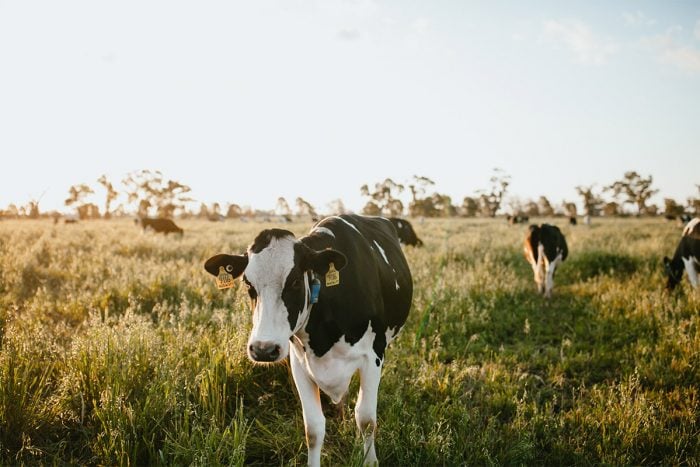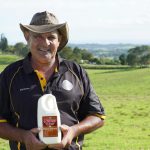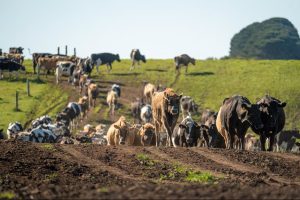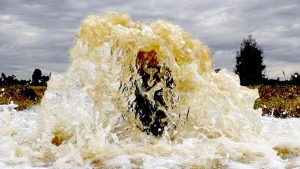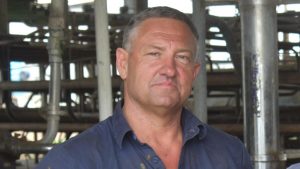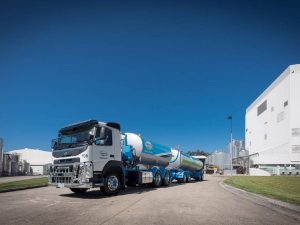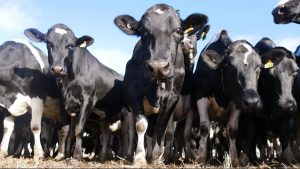
Have you ever been struck by a feeling of overwhelm in the dairy section of your local supermarket? You may be wondering whether to place your hard-earned trust and dollars in a premium product or settle for the carton of milk that you’ve always purchased.
For consumers around the world, there has been a noticeable shift in their priorities from a health-first mentality during the COVID-19 pandemic to concerns over the cost of living in response to rising prices across the board. At the same time, despite an uncertain economic climate, consumers have become more flexible in embracing new habits and taking the driver’s seat when it comes to living in accordance with their values.
While they may be more careful with their spending, the number of consumers who are prepared to choose sustainable goods has increased by eight percent over the last two years. This is good news for businesses that seek to align their values with the customers they serve.
“Innovation and technology are imperative in the future of sustainable dairy farming, as we are dealing with biological processes, which makes progress more complex and the need for innovative solutions even greater.” – Hanne Sondergaard
Like fashion, the dairy farming industry has its own unique set of challenges to becoming more sustainable. However, unlike fashion, dairy products are a household staple for more than 80 percent of the world’s population. The key challenge for dairy farmers is the question of how to meet the ever-growing demand for milk while remaining profitable and sustainable.
Because every business owner’s knowledge of sustainability differs, the approach and practices that they adopt will vary from business to business. Reducing the greenhouse emissions from the cow and the farm’s operations requires a holistic solution to addressing the farm’s carbon footprint.
According to Kiran Doranalli, Director Ruminant Solutions, Evonik Animal Nutrition, improving efficiency and focusing on the wellbeing of cows, as opposed to increasing the number of cows, is critical to sustainability efforts.
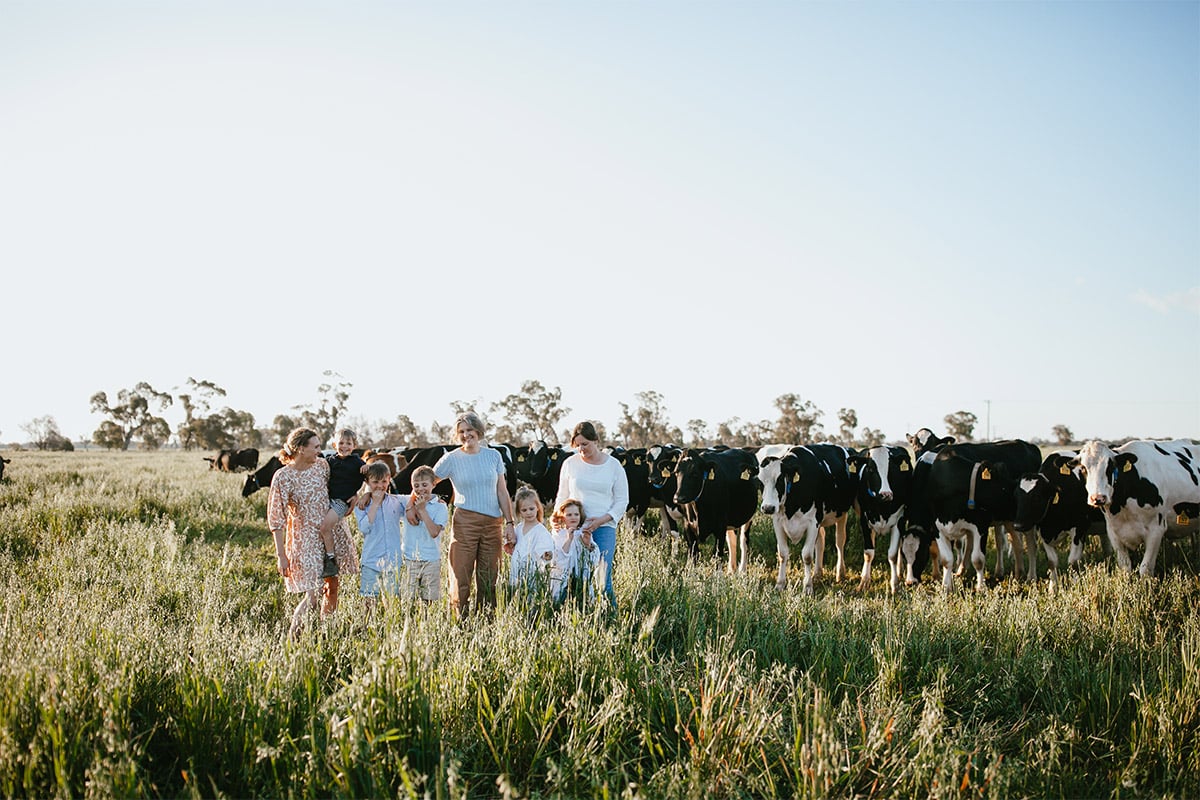
“Only optimally fed and supplied cows perform at peak milk production and deliver the highest milk quality. Stress for the animals should be avoided,” he explained on the company’s website.
The path to becoming more sustainable and profitable can be likened to a system of interconnected parts that all link back to the importance of happy and healthy cows and the use of renewable resources.
In a circular production system, the goal is to minimize the use of finite resources with the help of technology and incorporate regenerative farming practices. The key is to balance inputs and outputs, which is not only more efficient, but also leads to a more nutritious product. And for this, a premium price is well-justified.
In remote New South Wales, The Little Big Dairy and Company is a family owned dairy business that is well on its way to becoming Australia’s first commercial circular dairy.
“The name of our business, The Little Big Dairy Company, comes from a generational saying in our family: ‘If you take care of the little things, the big things will take care of themselves’,” says Campbell Chesworth, Business Development Manager at The Little Big Dairy Company.
“By getting more milk from each cow rather than milking more cows, more of the feed our herd eats is converted to milk rather than just utilizing feed to milk more cows that produce less.” – Campbell Chesworth
“This considered approach to all the little things in our business means sustainability is simply a part of who we are. If we weren’t taking care of our cows, our community or conserving the land and its resources, we wouldn’t be Little Big Dairy.”
Founded on the ethos of ‘closing the loop’, the company’s sustainable business strategy covers just about every operation within the business, leading to better outcomes for the cows, the community and the natural environment. And interestingly, all of this has been achieved without pursuing certifications.
“At Little Big Dairy, we breed and feed our cows for high levels of production. Not only does this express their genetic potential, it also reduces their carbon footprint per unit of milk production,” Chesworth affirms.
“By getting more milk from each cow rather than milking more cows, more of the feed our herd eats is converted to milk rather than just utilizing feed to milk more cows that produce less.”
Harnessing technology for sustainable outcomes
At the family’s state-of-the-art dairy, technology and environmentally friendly machinery have an important role to play in meeting the company’s ambitious sustainability goals, starting with the solar-paneled roof of the factory.
“As we commit to becoming Australia’s first circular dairy, the role of technology in our business has become more prevalent,” Chesworth explains. “From activity monitoring collars on our milkers, the monitoring of cool room temperatures, through to the measuring of energy consumption and emissions, we rely on technology to enable us to fulfill our sustainability promises.”
Through implementing global best practices and futureproofing the business, Little Big Dairy is supported by a community of loyal customers who are prepared to pay a premium price from an industry-leading brand.
“For our community, our sustainable business strategy has led to greater engagement and relationships, and confidence for the longevity of our business with those we do business with,” Chesworth says.
For Arla, the world’s fourth largest dairy company, technology is empowering dairy farmer owners to identify and take actions that lead to more sustainable outcomes.
In Denmark, 90 percent of the nation’s milk production is from Arla farmer owners with approximately 30 percent of these farmers utilizing manure from their farms in biogas plants. This figure is expected to increase over the next few years as more farmers continue to harness the methane from slurry that is converted into renewable energy in biogas plants.
“Innovation and technology are imperative in the future of sustainable dairy farming, as we are dealing with biological processes, which makes progress more complex and the need for innovative solutions even greater,” says Hanne Sondergaard, Chief Agriculture and Sustainability Officer.
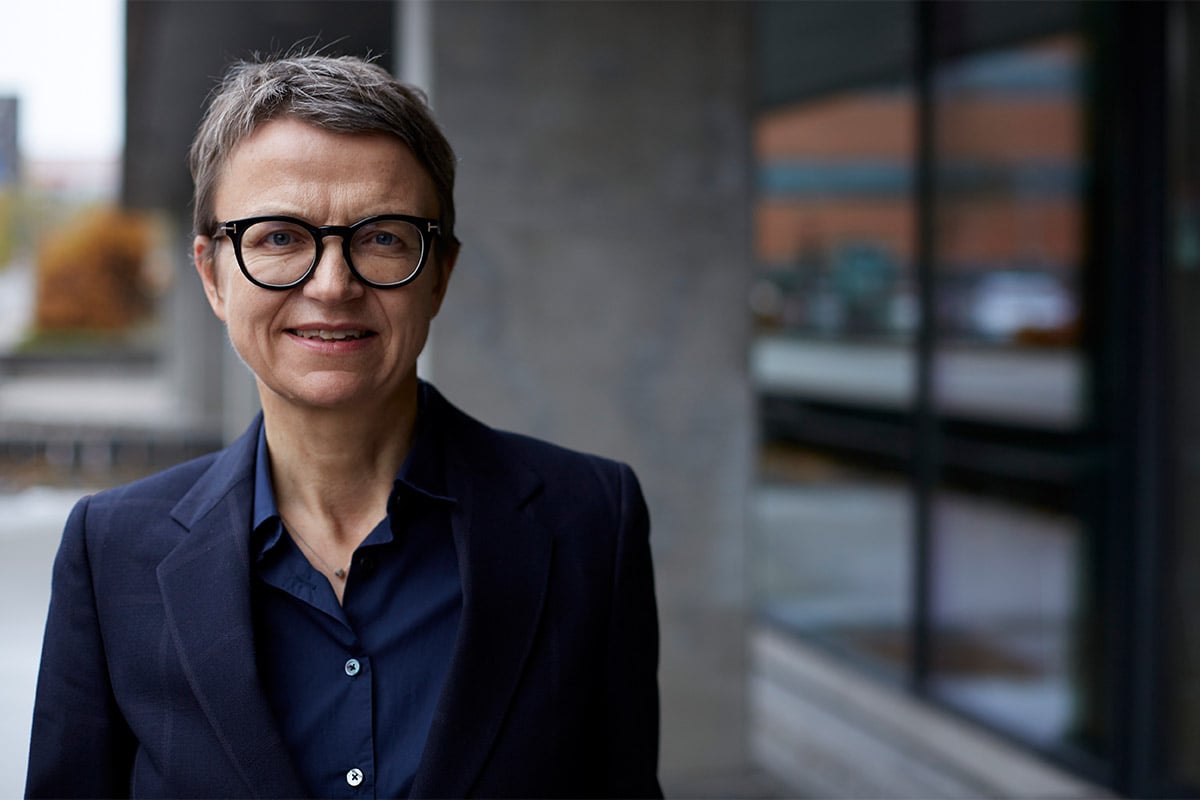
Sondergaard also explains to The CEO Magazine that, through collaborating with research institutes, universities, tech startups and the farmers themselves, the organization can explore new ways to optimize every aspect of dairy farming.
Three years ago, the European-based farmer-owned cooperative invested in a ‘Climate Check’ tool that is used to accurately identify the five main development areas or ‘levers’ its 8,492 farmer owners need to focus on in order to deliver the most impact. However, the ‘Climate Check’ tool additionally serves a greater purpose on the farms beyond just monitoring these five ‘levers’.
“We have calculated that, if our owners manage these five levers with precision, we will deliver almost a third of the reduction necessary to meet our 30 percent reduction target by 2030,” Sondergaard explains.
“Data can be crunched and adjusted to help each farm owner on his or her journey towards even more sustainable production,” she says. “For the farmers, it also means being business partners with thousands of other farmers with whom they can share best practices and experiences. That is something that is crucial in their work to produce the best quality milk in the most sustainable way.”
Such tools are an effective way to ensure a level of accountability across a co-operative of this size and to help each farmer stay focused on making progress amidst uncertainty.
“As an industry, we are faced with several challenges at the moment,” Sondergaard admits.
“Inflation and global market volatility creates an uncertain environment, which can be difficult to navigate for both business and farms. Political agendas are pulling in different directions instead of creating a clear direction, resulting in constantly changing requirements to us and our farm owners.”
But despite these challenges, the commitment to sustainability remains.
“Reducing our emissions, while continuing to feed an increasing global population with nutritious products, is at the core of sustainable dairy,” Sondergaard concludes.
